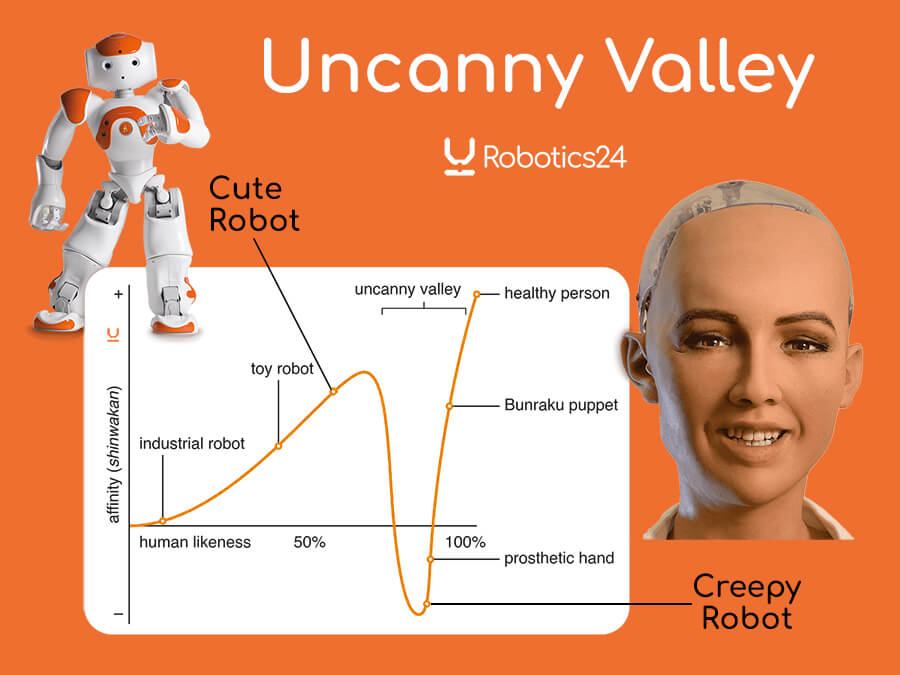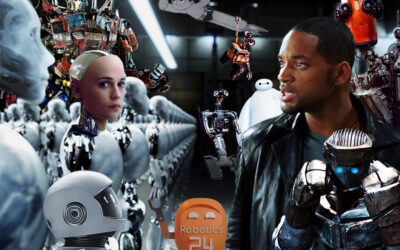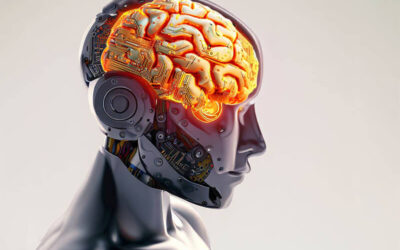- A concept in the field of robotics and human-computer interaction, which refers to the feeling of unease or discomfort that people may experience when they encounter robots or other artificial entities that appear almost, but not quite, human-like

Etymology
The term “uncanny valley” was first introduced by the Japanese roboticist Masahiro Mori in 1970.
The original Japanese term is “Bukimi no tani“, which literally means “repulsive gap”.
Pronunciation
/ʌnˌkæni ˈvæli/
Synonyms
Creepy valley, repulsive gap
Related terms
Robotics, human-robot interaction, artificial intelligence
Quotations and historical references
“As robots become more human-like in appearance and behavior, there is a point beyond which the human response quickly turns from empathy to revulsion.”
Masahiro Mori, The Uncanny Valley, 1970
“The uncanny valley is a failure of empathy.”
Sherry Turkle, Alone Together: Why We Expect More from Technology and Less from Each Other, 2011
“The uncanny valley is a useful concept for designers and engineers to keep in mind as they develop new technologies, helping them to create robots and other machines that people will feel comfortable interacting with.”
Kate Darling, The New Yorker, 2019.
Fields of application
The concept of the uncanny valley has implications for the design and development of robots and other artificial entities in a variety of fields, including robotics, entertainment, healthcare, and military.
The concept of the Uncanny Valley has become increasingly relevant in the fields of robotics, animation, and virtual reality. It is important for designers to be aware of this phenomenon to create realistic and believable characters and environments without crossing the threshold of the Uncanny Valley.
Example sentences
The uncanny valley effect is often cited as a potential barrier to the widespread adoption of humanoid robots in society.
Researchers are studying ways to design robots that avoid the uncanny valley, such as by making them intentionally cartoonish or stylized.
The virtual reality simulation was so realistic that it was difficult to tell the difference between the digital environment and the real world, but it still didn’t quite feel right, as if it was stuck in the Uncanny Valley.
Curiosities
The concept of the uncanny valley has also been applied to other areas of design, such as video game graphics and prosthetic limbs.
There is debate among researchers as to the exact shape and location of the uncanny valley, with some proposing alternative models or modifications to the original theory.
The uncanny valley is not an absolute effect, depending on cultural and individual people may have different thresholds for discomfort or acceptance of artificial entities.
Frequently Asked Questions
Why is the Uncanny Valley important in robotics and animation?
Understanding the Uncanny Valley is important for designers of robots and animated characters because it can help them create more realistic and believable entities without crossing the threshold of the Uncanny Valley and causing discomfort or revulsion in viewers.
What are some examples of the Uncanny Valley?
Examples of the Uncanny Valley can be seen in movies such as Polar Express and The Lion King (2019), where the animation appears almost too realistic but not quite, resulting in a sense of unease. The phenomenon can also be seen in robots such as the Geminoid, which is so lifelike that it can be unsettling to some people.
Can the Uncanny Valley effect be overcome?
Designers can work to reduce the Uncanny Valley effect by creating characters and robots that are more realistic but still clearly distinguishable from humans, or by embracing more abstract or stylized designs that avoid the Uncanny Valley altogether.



